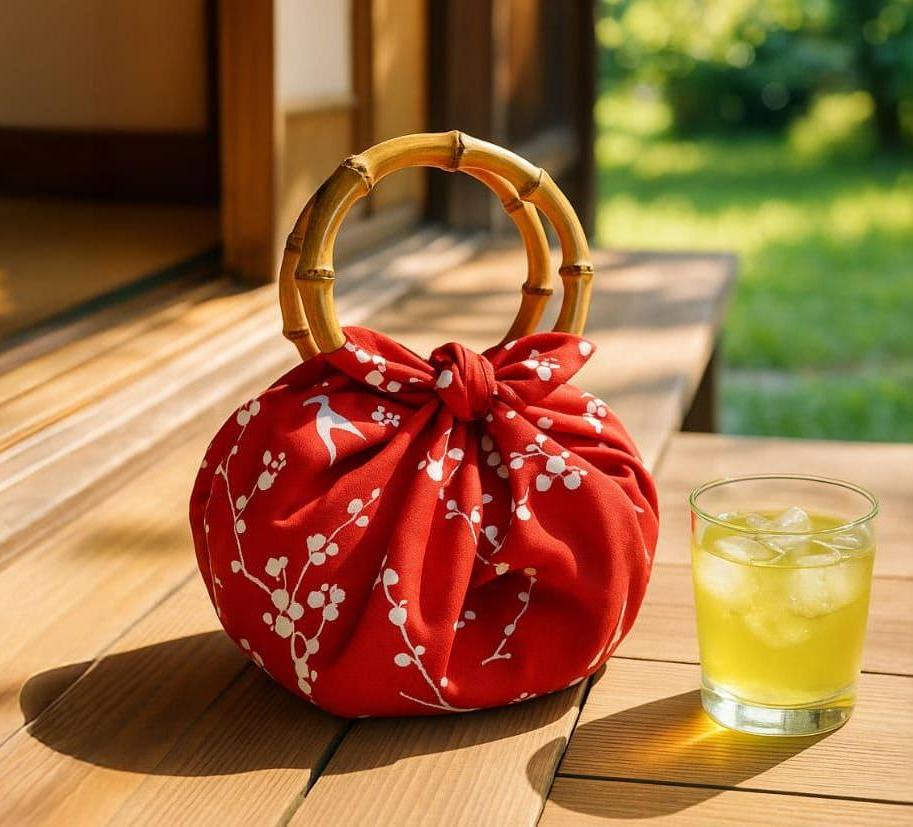In the article below, we introduced why restaurants in Japan often keep surprisingly short hours, and the reasons behind it.
This time, we’ll focus specifically on sushi restaurants.
In short, sushi places also tend to take a break in the afternoon, and most close around 10 p.m., just like many other types of restaurants.
But the reality is a bit more complex: sushi restaurants come in a variety of styles, each with its own scheduling patterns.
That’s why assumptions like:
- “If it’s lunchtime, any sushi place should be open.”
- “4 p.m.? There must be at least somewhere serving.”
…often don’t hold true.
So in this article, we’ll break down the typical hours for each type of sushi restaurant and present them in a clear chart that shows, at a glance, when you can (and can’t) expect to find sushi in Japan.

1. Typical Opening Hours of Sushi Restaurants in Japan
Before looking at the chart, it helps to know the main types of sushi restaurants you’ll encounter in Japan:
- Conveyor belt sushi (kaitenzushi chains): Casual, family-friendly, standardized nationwide.
- Traditional neighborhood sushi shops: Small, family-run places with a lunch-and-dinner schedule.
- High-end omakase counters: Exclusive, reservation-only, serving set courses at fixed times.
- All-you-can-eat / sushi-izakaya: Casual spots often targeting groups, with longer hours or even late-night service.
Now, let’s see how their business hours actually line up across a full day:

What this chart shows:
- Conveyor belt sushi (chains): Usually open from 11:00 to 23:00 without a break.
- Traditional neighborhood sushi shops: Often run in two shifts: lunch (11:30–14:00) and dinner (17:00–21:00). They close in the afternoon.
- High-end sushi (omakase counters): Typically open only for dinner (17:00–21:00), sometimes in two fixed seatings.
- All-you-can-eat / sushi-izakaya: Many open from 11:00 until 23:00, with some urban exceptions staying open much later (occasionally 24h on weekends).
👉 In other words, sushi restaurants in Japan are not open “all day long.” Most close in the afternoon, and very few serve sushi after 9 p.m.
2. Why Do Sushi Restaurants Close So Early?
The reasons are simple, and can be grouped into three main points:
1. Low demand late at night
Unlike ramen shops or izakaya, few people look for sushi after 10 p.m. For many restaurants, staying open late just isn’t profitable.
2. To preserve freshness of the fish
Sushi relies on extremely fresh ingredients. Once the day’s stock runs out, many shops simply close.
3. Preparation and physical limits of the chefs
A sushi chef’s day often starts early at the fish market, followed by hours of preparation before opening. Running a shop late into the night is simply not sustainable.
3. How Travelers Can Plan Around Sushi Hours
Because sushi restaurants follow very different schedules depending on the type, the smart approach is to start with “What kind of sushi do I want?” and then check which times are actually available.
1. Decide what kind of sushi you want
- High-end omakase → Reservation required, early evening only (5:00–9:00 p.m.)
- Traditional neighborhood sushi → Lunch (11:30 a.m.–2:00 p.m.) or dinner (5:00–9:00 p.m.)
- Conveyor belt chains → Casual and convenient, usually 11:00 a.m.–11:00 p.m.
- All-you-can-eat / sushi-izakaya → Good for groups, generally 11:00 a.m.–11:00 p.m.
👉 In short, decide the type first, then use the chart to confirm which hours are realistic—and book ahead if needed.
2. If you want sushi right now
Check the chart against the current time and see which type is likely to be open.
For example, at 4:00 p.m., neighborhood and high-end sushi places are closed, so a conveyor belt chain is your best bet.
3. If your preferred time doesn’t match any option
If you’re hoping for sushi after 10:00 p.m., you’ll quickly find that almost all restaurants are closed.
The only solution is to search for the rare exceptions—such as certain 24-hour branches in nightlife districts (for example, Kizuna Sushi in Shinjuku Kabukicho on weekends).
Always confirm current hours on Google Maps or a reliable restaurant site before heading out, as late-night sushi is very much the exception.
4. Conclusion
Contrary to the image of “sushi being available anytime in Japan,” the reality is that most sushi restaurants take a break in the afternoon and close by 9:00 p.m., or 11:00 p.m. at the latest.
Those open late into the night are rare exceptions.
The key is to think in this order: “What kind of sushi do I want?” → “What hours does that type of place actually keep?”
By planning around the chart, you’ll avoid disappointment whether it’s for lunch or dinner.
When eating sushi during your trip, always match your preferred time with the type of restaurant, and confirm the hours or make a reservation in advance.
That simple step will greatly increase your chances of filling your mouth with fresh seafood and perfectly seasoned rice.
Do you want to know about the opening hours of other types of restaurants in Japan as well, not just sushi?
Check out our full guide here:






